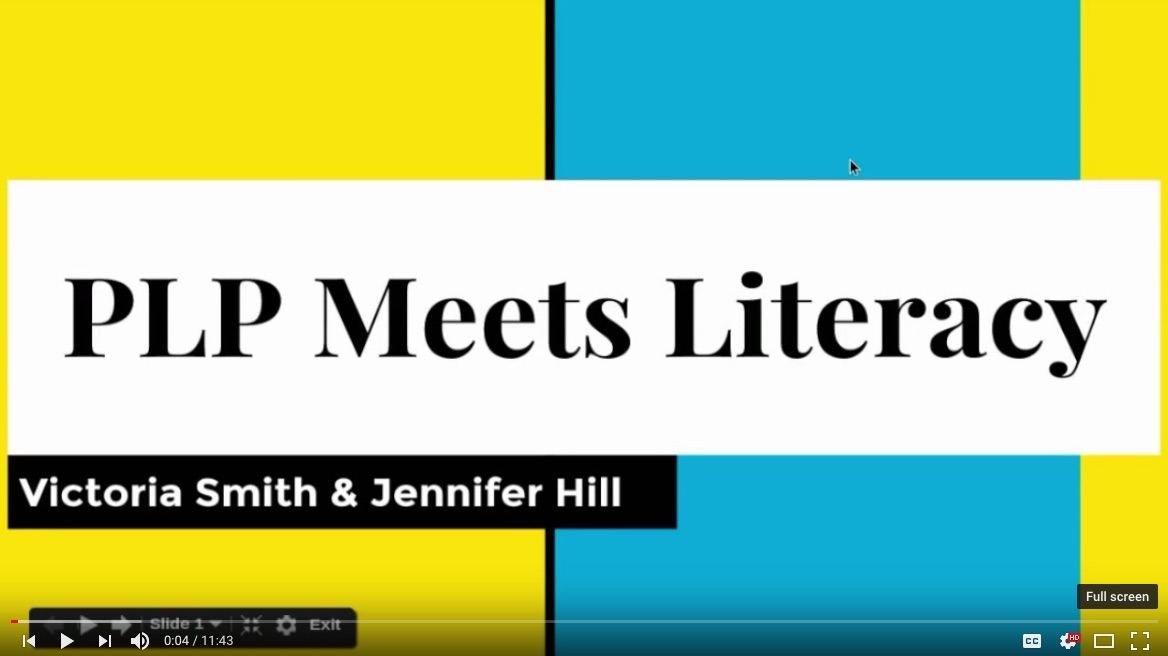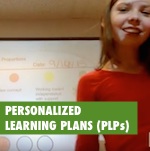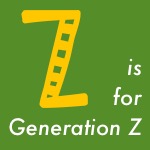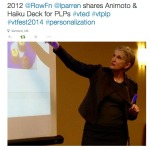
Audio only
Resources
Annotated Transcript
Hello, my name is Grace Gilmour. I’m a seventh and eighth grade social studies teacher. And today I’m going to be talking about:
“How do we foster brave spaces for discussions about race and other forms of oppression in our classrooms?”
In the fall of 2020, I designed and implemented a unit that was meant to create a framework that we can come back to throughout the year.
It was supposed to (and did) introduce different social justice concepts and vocabularies as well as skills. So throughout the year, as we were discussing other time periods in history, case studies through history, we’d be able to come back to these concepts to help us understand them through a social justice lens. And the other purpose of this was to really build my students’ stamina for having increasingly difficult conversations about racism and other forms of oppression.
I think it’s first important to note that intervention may take different forms in different communities.
So, I work in a community that is majority white, and so our focus has to be on:
How do we protect and empower those few students of color that we do have while also giving our white students the understandings and skills and literacies?
True literacies, that they need in order to live in a more equitable world and a democratic society in which all people are valued. So I want to start by just reading this quick paragraph that I wrote that I think sums up why this is all necessary:
“Race and racism are key to understanding and dismantling inequity in America due to the persistence of the ideology of race and white supremacy. The hegemony of whiteness remains entrenched in systems in ways that are not always immediately apparent, especially to white people. This is compounded by individualism and claims of colorblindness which serve to justify or hide racial disparities in a racist world. These historical ideologies have left many white people racially illiterate, but racially conscious when perceiving other racialized groups. Imagining that race is not real conserves white supremacy by preventing it from being interrupted.”
And this plays out in what we know about how white students interpret race and understand race.
In a study done by Michael and Bartoli in 2014, they found that overall white students and white teenagers did not have the understandings and skills to engage in discussions about race. They found that by and large white teenagers held really contradictory ideas about race. They oftentimes expressed so-called colorblind ideas while also holding stereotypes. So, they would say out loud, “I don’t see race” or, “I don’t see color”. Or “We’re all the same race: the human race.”
But then they would also hold stereotypes about Black people. And they also saw any mention of race as racist.
I know I oftentimes saw my students try to avoid naming race; try to avoid it to the best of their ability. They would say anything but someone’s race. Say anything *but* race or racism.
And this really comes down to this idea that white students overall lack an ability to analyze systems through the lens of racism. Therefore they’re looking at outcomes and they’re putting those through the lens of individualism. They’re seeing these things as individual failures rather than as a result of historical and current structural racism.
So we really need to give our kids understandings about race and about racism in order to be able to accurately interpret what they’re seeing around them.
Schools have a clear responsibility here, right?
The way I see it is we can really either be interrupters or perpetuators of the systems of oppression. Right? We can either continue them by omitting discussions of race and other forms of oppression in our classrooms or we can face them head on.
And in addition to that, we also have a duty to prepare our students for an increasingly multi-cultural multi-ethnic multi-racial society. We have a duty to prepare our students to take part in a democracy that involves a lot of different types of people.
So how do we do that?
That is a big ask.
I kind of boil it down to components and to understandings and into skills. What are those things I’m wanting to target to make sure my kids understand and make sure my kids are able to do so?
I wanted them to understand that race is not biological, but rather a social construct and a power construct as Kenny would call it. Explain why race — despite not being biological — is an important aspect of many people’s identity. Being able to identify the difference between individual and systemic racism.
Most of my students if you asked them what is racism, they would tell you racism is when someone calls another person a racial slur. But before this unit, they really lacked that understanding that racism is also systems that have inequitable outcomes. Also being able to analyze the importance and impact on intersectionality.
Thinking about both as an individual, as looking at others, what are those different parts of their identity that are impacting their experiences in the world?
And then finally being able to analyze my own privileges and disadvantages. Looking at my own social identities, what are the aspects that maybe marginalize me? What are those aspects that give me privilege?
In terms of skills, there’s some clear skills kids need.
- Being able to identify and analyze racism and anti-racism in language, actions and media.
- Being able to interrupt when they see or hear bias remarks or actions.
- And being able to take action and create change through civic engagement.
Again, thinking about that democracy piece. Recognizing and analyzing both racist and anti-racist ideas and actions in myself and in others. Again, that self-reflection. And that acknowledgement that racism isn’t always in some far-off bad guy, but also is found within ourselves.
And then I can use strategies to manage my racial stress. I’ll talk about that more in a bit, but that’s that idea of:
How can I manage my feelings of discomfort, my feelings of strong emotions that maybe prevent me from hearing what people are saying?
That might pop-up as fragility, for instance. Or defensiveness. All right, so why start with social identity? For middle schoolers in particular they’re at this age where they’re already trying to develop a sense of self. Who am I and who am I in relation to others? And they’re also developing their own moral compasses thinking about what is fair, what’s not fair, what is just.
Social identity gives all students an entry point because we all have social *identities* — plural, right? We all have different aspects, different social groups that we all belong to.
And then finally this idea that the self and understanding ourself is a precursor to understanding society. And through doing this work with social identity, we’re able to build the empathy that is necessary to have these further discussions about race and colonization and other forms of oppression.
The next thing that’s really important for us to think about is how we’re thinking about this word “safe” and what is its role in education.
We oftentimes talk about creating “safe spaces” and I understand why, right? We need to feel safe in order to learn, in order to connect with others. The problem with that is: whose safety is being valued? Whose safety are we valuing, especially when we’re having conversations about racism?
And so many people have talked about the concept of brave spaces.
Glenn Singleton has done a lot of work on courageous conversations. I really like though what San Pedro proposes; this concept of a sacred truth space where our goal is to seek truth rather than seek safety. So he said he proposes the creation of a sacred truth space where students are able to engage in the often vulnerable act of telling and hearing multiple truths. Where safety is not necessarily the goal. Rather the goal is creating a dialogic space to share our truths and to listen and learn the truths of others.
So this idea of like, shifting our idea of safety and what our goal is.
Easy, right?
How to put it into action
So in order to kind of break that down into what that actually could look like, these are some things that I sought to do as I was building my community with my kids:
- Generating community agreements
- Building community connection
- Feeling connected to each other
- Explicitly teaching skills and practicing these skills around social, emotional skills that would help us to engage in these conversations.
Because listening feels particularly important:
- How do we listen patiently?
- How do we listen actively?
- And how can we be aware of the space and time that we’re taking up with our voices?
And then a part of that also is teaching and practicing strategies for dealing with strong emotions. So when we’re feeling those strong feelings how can we deal with that? And how can we deal with that with others? Also establishing norms for conversations that are practiced regularly and are reinforced. Creating time and space to debrief individually, in small groups, in whole communities, in small groups.
It also might be helpful especially in majority white spaces to create affinity groups.
I have not done that this past year, but that is something that I’m interested in thinking about as well. Plan for strong emotions as a teacher; it’s going to happen. Have a script for yourself. What are you going to do when those strong emotions come up?
And then finally scaffolding discussions. Sentence stems are great, or sentence starters, discussion protocols. What is the system that we’re using is also great.
I use a lot of talking pieces in my room, they’re wonderful. How can we scaffold these discussions so we’re not just throwing kids in and expecting them to know what to do?
Starting with norms and standards
I started by looking at standards. I use Teaching Tolerance’s social justice standards. They have K-12 and they’re in these four kind of big categories of identity, diversity, justice, and action. These are are the pieces that we were working on with this first unit.
I pulled from Quin Gonnell’s middle grade social justice curriculum. I’ve relied on him very heavily for the beginning of this unit when we were kind of starting and setting the stage for this work. So we started with looking at what our hopes and fears were. And then we thought about how could we create norms that would help us reach our hopes while also addressing our fears?
So these are the norms that I developed with my students that came out of that work:
- Listen to understand rather than respond.
- Be open to new ideas.
- When we mess up, we make it right.
- Stay present and engaged.
- Speak your truth, and
- Be respectful of each other.
And we’ve used these throughout the year.
Making space for strong emotions
The next thing we did — also pulling a lot from Quin Gonnell’s work — was preparing students for strong emotions.
We talked about comfort zones and learning zones.
We discussed and modeled strategies for responding to triggers, and actually had little sentence stems to help them with those as well. And we spent a lot of time at the beginning of the year just building community and connection — and hopefully trust — through check-ins and games. Then we practiced those discussion protocols so that we can kind of fall back on those structures. And we practiced those with accessible topics.
We didn’t jump in right away talking about racism or talking about sexism.
We initially talked about things like “would you rather” games and things like that, to get them used to those protocols.
And then some of our major topics were levels of oppression, social mobility, intersectionality, positionality, gender and sexuality bias, personal versus social identity, social and power construction of race. And then just the concept of justice. What is justice?
As a white woman I thought it was really important for me to try de-center myself as much as possible. And also just be really reflective and vulnerable with my students.
“What do middle schoolers need to understand about social identity and oppression?”
With that in mind, I wanted to really carefully integrate the arts and the personal testimony of people of color, as well as people with other marginalized identities.
So, we oftentimes started class with poetry or music or art or TED Talks or short stories just to kind of anchor ourselves, as well as center people with these marginalized identities. We also journaled every day, we modeled and practiced vocabulary usage. We had structured discussions. And then we oftentimes would end class with a more individualized guided inquiry where I would pose a question such as “Why are schools still segregated after Brown v Board?” And then kids would investigate that using resources that I provided.
So that was kind of every lesson.
And then the end of the unit we did a project where kids were asked to answer the question,
“What do middle schoolers need to understand about social identity and oppression?”
That was kind of our big overarching question. And then kids designed projects to do that.
Here’s some of the projects that kids created.
One was looking at the intersection of race and LGBTQ identities. Others looked at the school-to-prison pipeline, racial socialization in America, implicit bias, impacts of redlining today.
Overall for my students, the biggest kind of takeaway that was reflected in a lot of their reflections that they wrote was the shifting from an understanding of racism as something that happens between individuals to something that oftentimes happens between systems and from systems down.
Some successes that I had: students regularly utilize social identity and justice concepts now without prompting. And with increasingly less prompting over time, they’re showing a much higher level of nuance. When we’re looking at history or current events, they’re able to kind of use these frameworks as a lens. They’re showing a greater understanding of their different social identities and how they impact them.
On a personal level I feel very much closer to my students this year than I have in the past.
I think that the vulnerability and the level of reflection that a unit like this takes just makes you closer as a community. I had six students come out to me this fall. And in addition I just had more students reaching out to me for various things and to seeing me as a person that they trust. Which I have really valued.
Over the course of this unit and this year, students also showed just less discomfort and hesitancy especially when talking about and naming race and racism. They’re no longer treated as bad words by my students. I’m hearing them just feel more comfortable naming those.
They’re also increasingly using strategies to interrupt oppressive language without me intervening. I hear very little oppressive language in my classroom anymore. I’m not naive to think that that is true outside of my class, but we’ve created an environment in which it’s very clear that oppressive language is not acceptable. And students have been able to interrupt that language without my support more and more.
Other things I’m going to work on are things I’m willing to work on.
In my curriculum, I’m wanting to — in addition to talking about oppression — also be talking about Black joy and Black creativity. And really also emphasizing moments not of oppression, because I think there’s a real danger of re-traumatizing kids, traumatizing kids or having my white students see Black people as only oppressed. I really want to emphasize that moving forward.
I also want to have a greater emphasis on Indigenous history and current events.
This is admittedly an area that I need to do a lot more learning in. I’m really trying to seek out resources right now to be able to do that more effectively with kids. And I’m wanting to make more explicit connections to the present oppression throughout my curriculum.
I’ve never shied away from the more traumatic or more difficult aspects of our history. I have at times done a poor job of connecting that to what we’re seeing now. So showing the through line from this history to our present. I’m really wanting to be better about that.
And then professionally I’m really ultimately wanting to acknowledge that this is a process, that I’m never going to do it perfectly and that I need to always be striving to do it better. A big part of that is just centering myself on the why, right? Which for me is I’m really wanting to do my part in creating a world in which people from a variety of identities can feel valued, can feel empowered and have equitable access to society. I believe strongly in democracy and in creating a world in which we actually can have an equitable democracy.
So that’s my why. And I want to continue just to center that as I’m doing this work.
If you have any questions definitely email me at gracegilmour@gmail.com. Thank you so much.
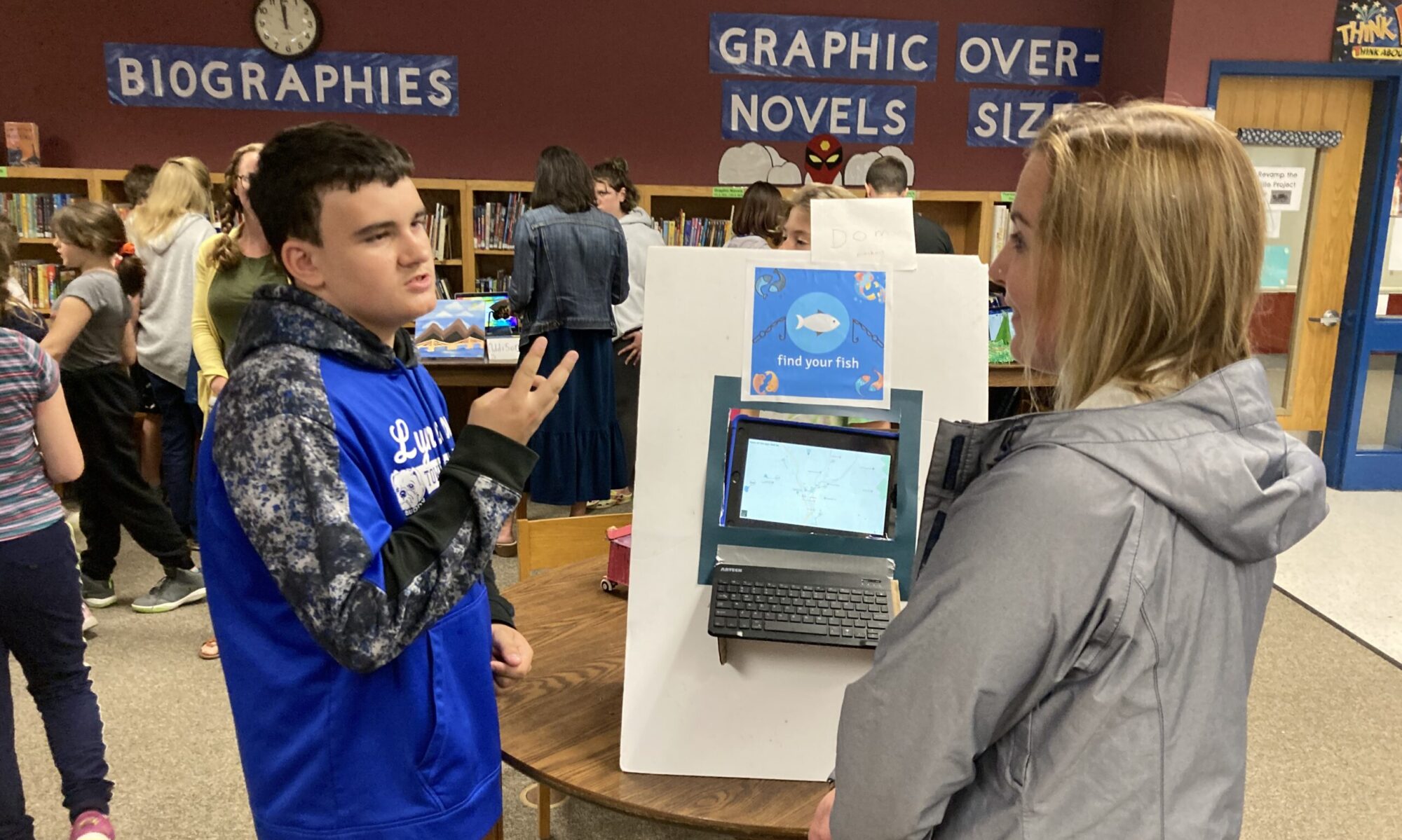


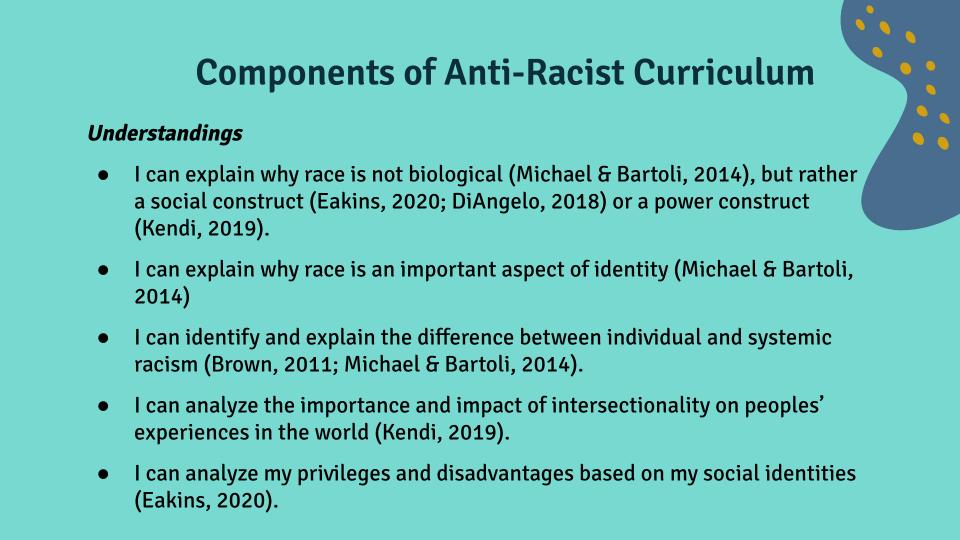
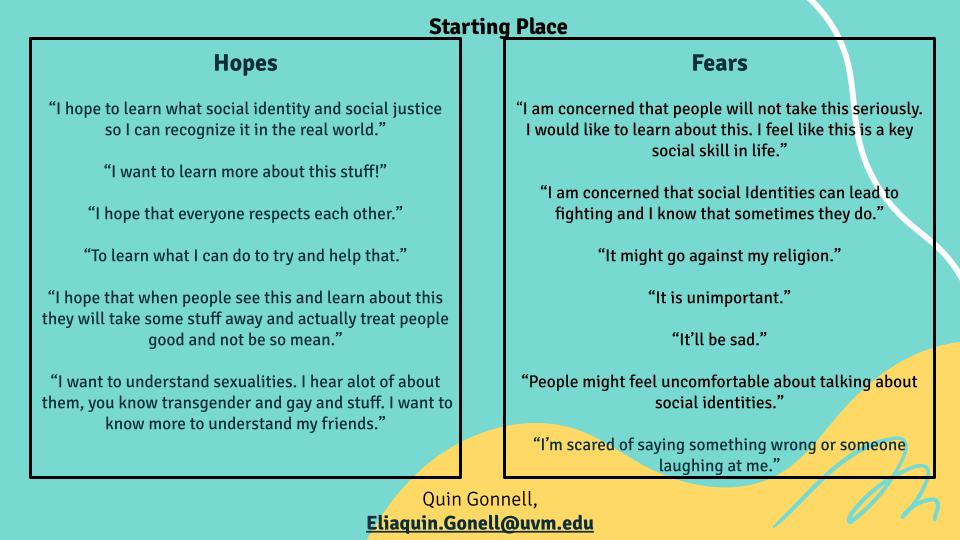
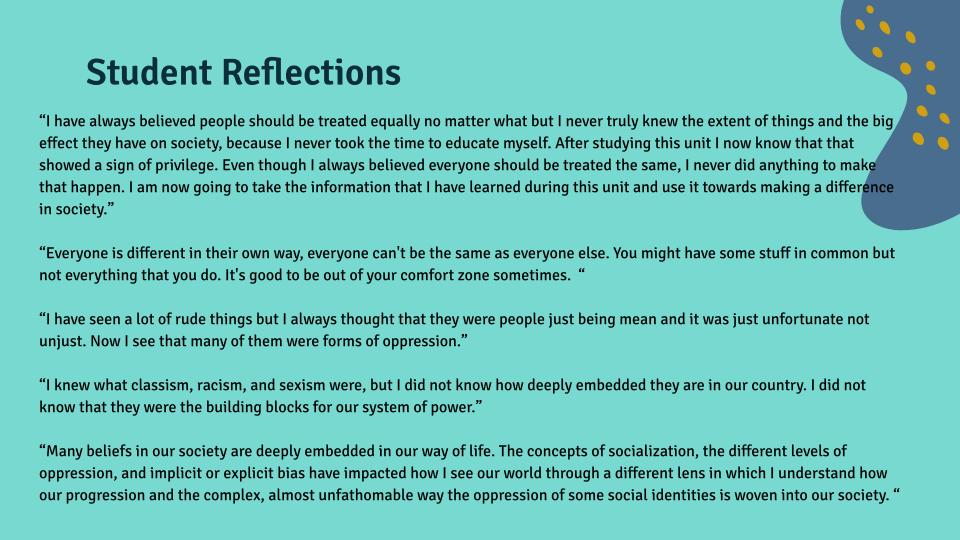
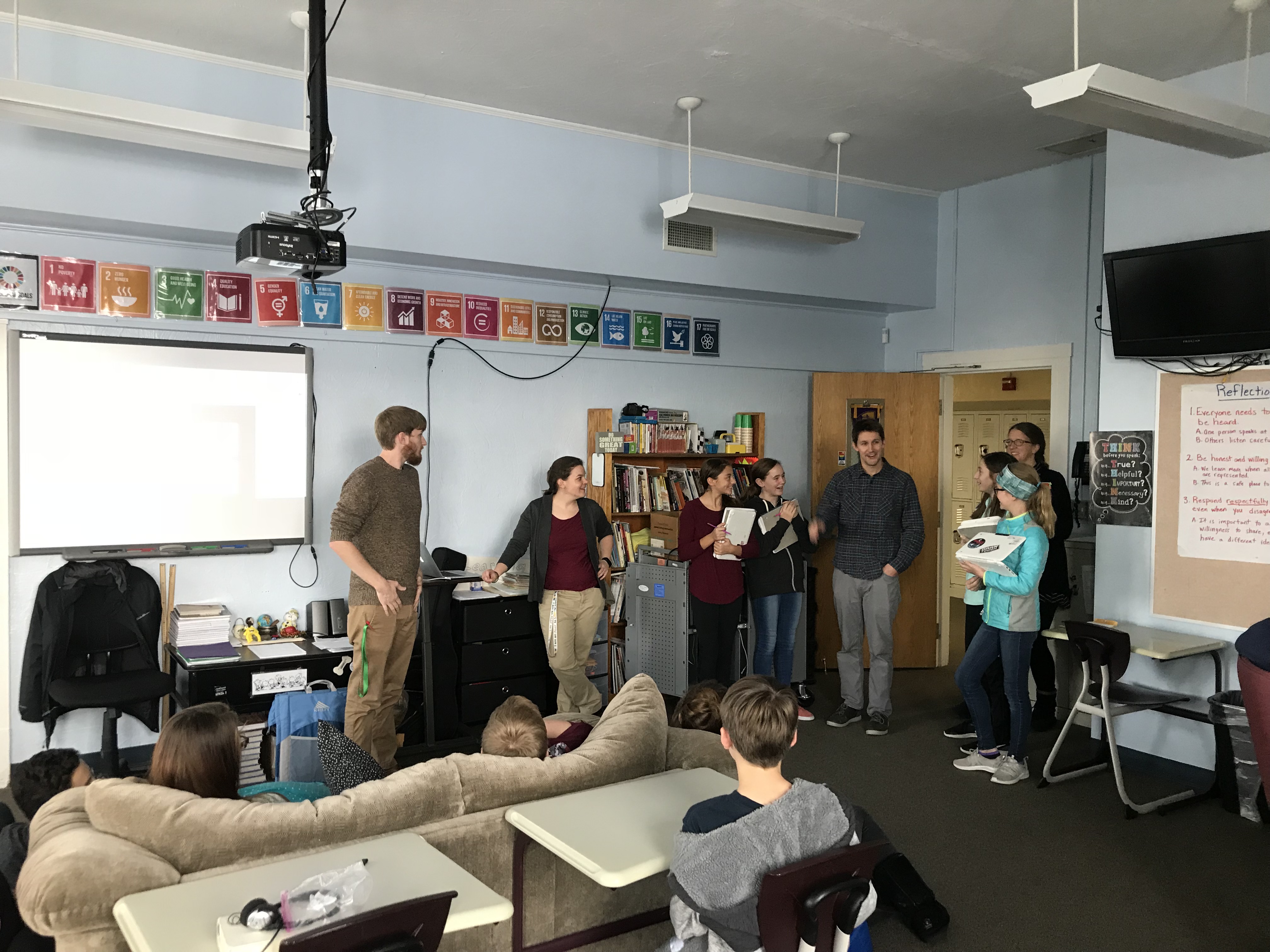
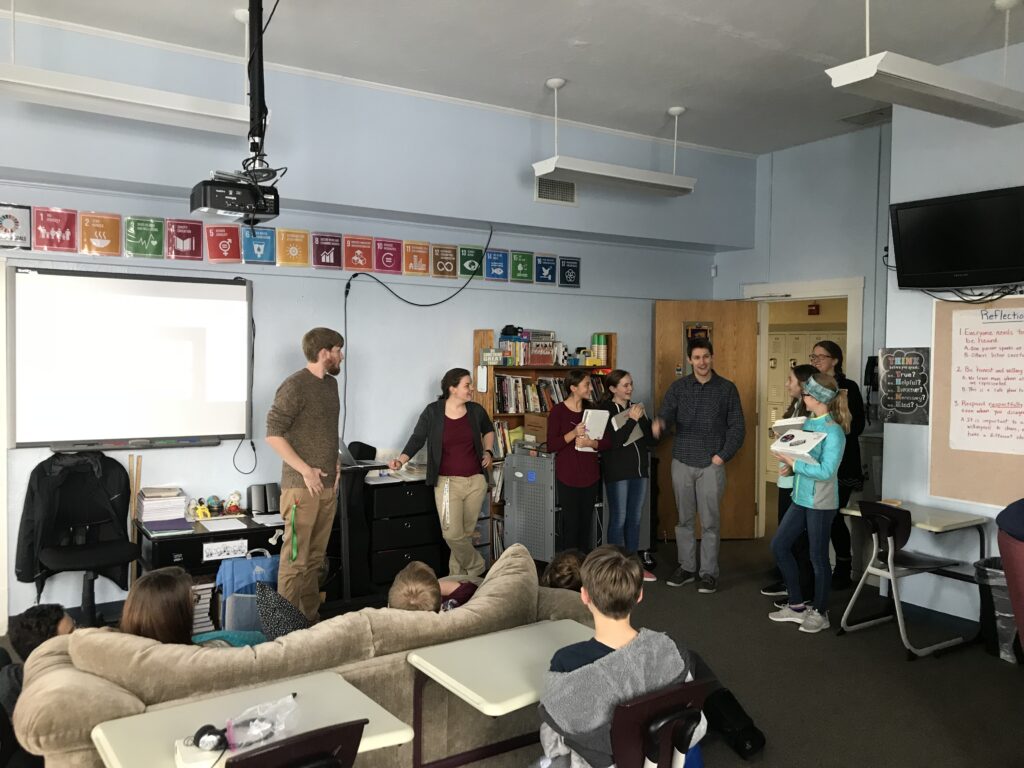
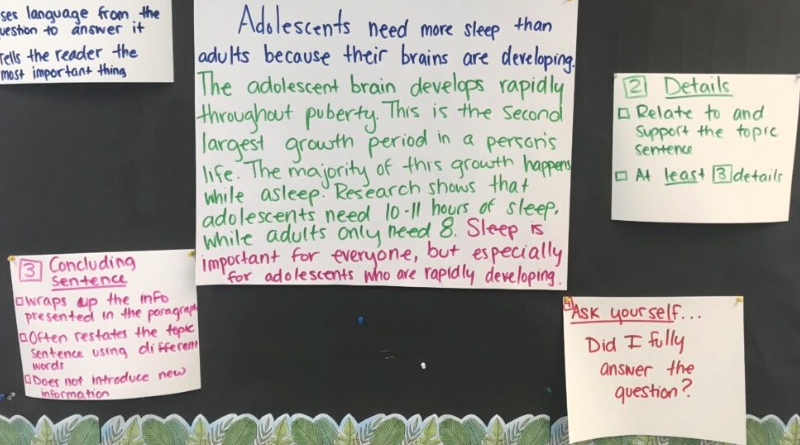
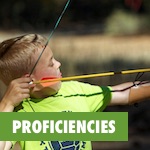 “Oh yay. I was like: yay, my heart.”
“Oh yay. I was like: yay, my heart.”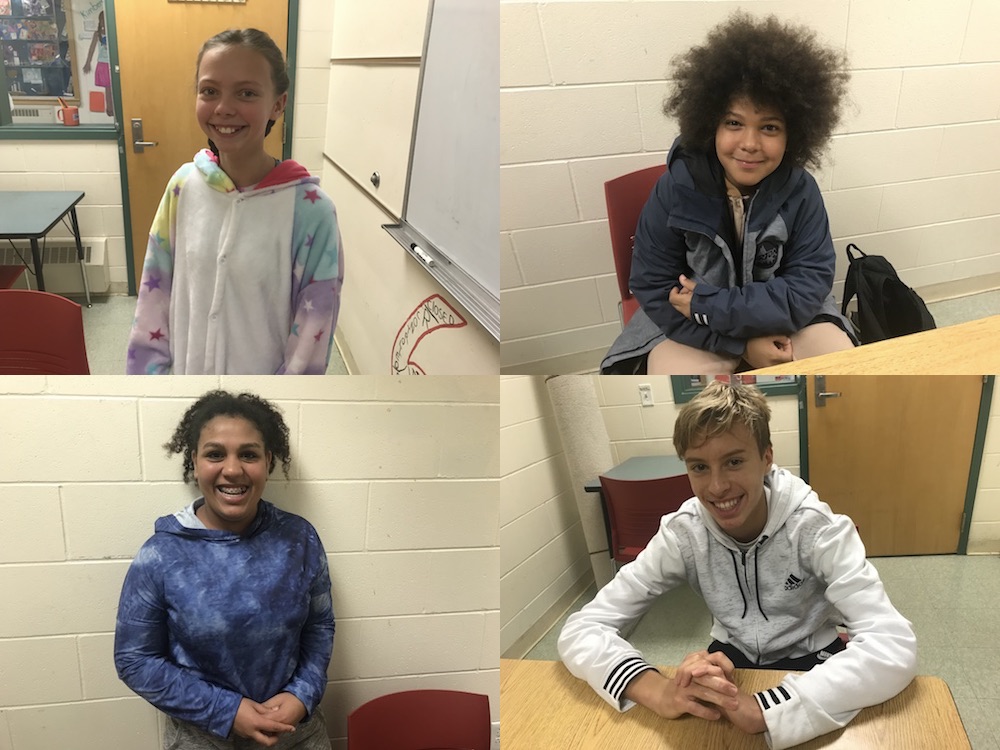

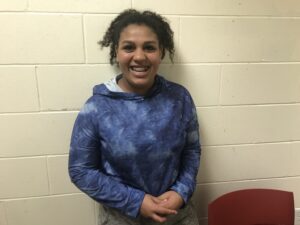
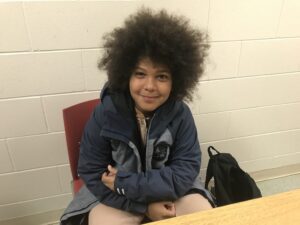
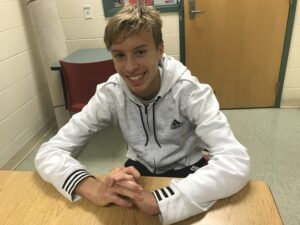
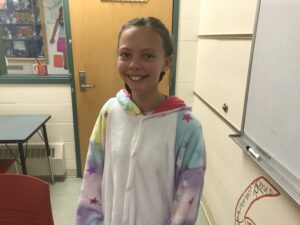

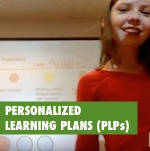
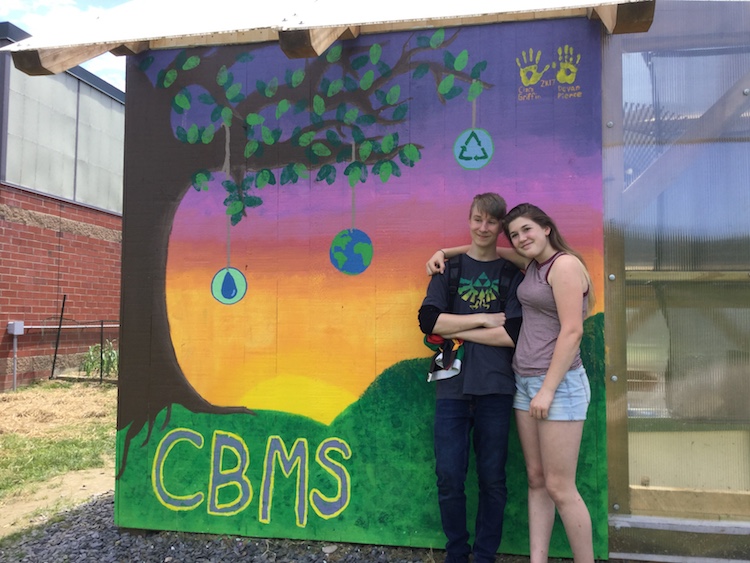
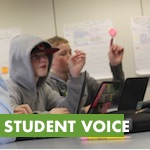 Ms. Cicchetti’s 7th and 8th grade language arts classes at Crossett Brook Middle School have been writing short stories for the last few weeks. Their writing experience has been a student-driven one and has been “Very enjoyable!” says Harper Haase, a 7th grader in Ms. Cicchetti’s class.
Ms. Cicchetti’s 7th and 8th grade language arts classes at Crossett Brook Middle School have been writing short stories for the last few weeks. Their writing experience has been a student-driven one and has been “Very enjoyable!” says Harper Haase, a 7th grader in Ms. Cicchetti’s class.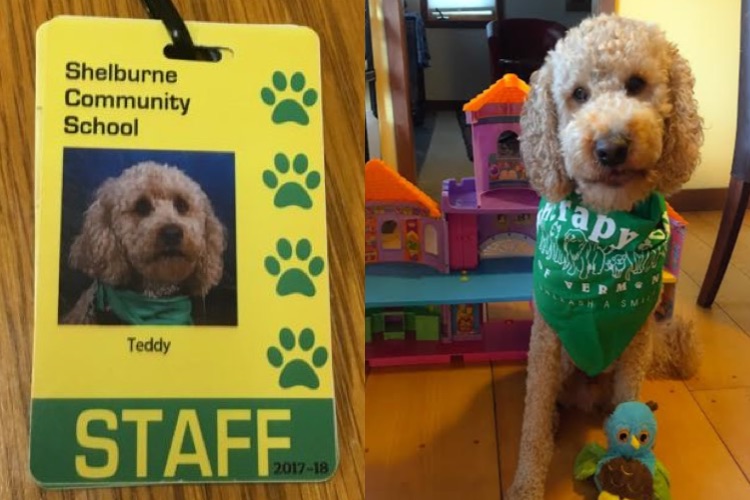
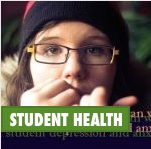 For some students, being ready to learn when they arrive at school is a big ask, and more than a few carry trauma or mental health burdens through their day. And that’s why more and more, schools in Vermont are adding therapy dogs to their staffing rosters.
For some students, being ready to learn when they arrive at school is a big ask, and more than a few carry trauma or mental health burdens through their day. And that’s why more and more, schools in Vermont are adding therapy dogs to their staffing rosters.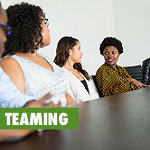 Educators never feel like they have enough time to do all the things they want to do with students. But for Team Quest at Crossett Brook Middle School in Duxbury, Vermont, the constraints of traditional subject area, schedule and process had become unbearable. So this two-person grade 5-6 team decided to opt for radical transformation.
Educators never feel like they have enough time to do all the things they want to do with students. But for Team Quest at Crossett Brook Middle School in Duxbury, Vermont, the constraints of traditional subject area, schedule and process had become unbearable. So this two-person grade 5-6 team decided to opt for radical transformation.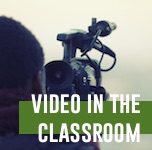 Organizing your realia — testimonials, storytelling and artifacts — from a round of projects can feel overwhelming. So much footage! So many interviews! ALL THE IDEAS!
Organizing your realia — testimonials, storytelling and artifacts — from a round of projects can feel overwhelming. So much footage! So many interviews! ALL THE IDEAS!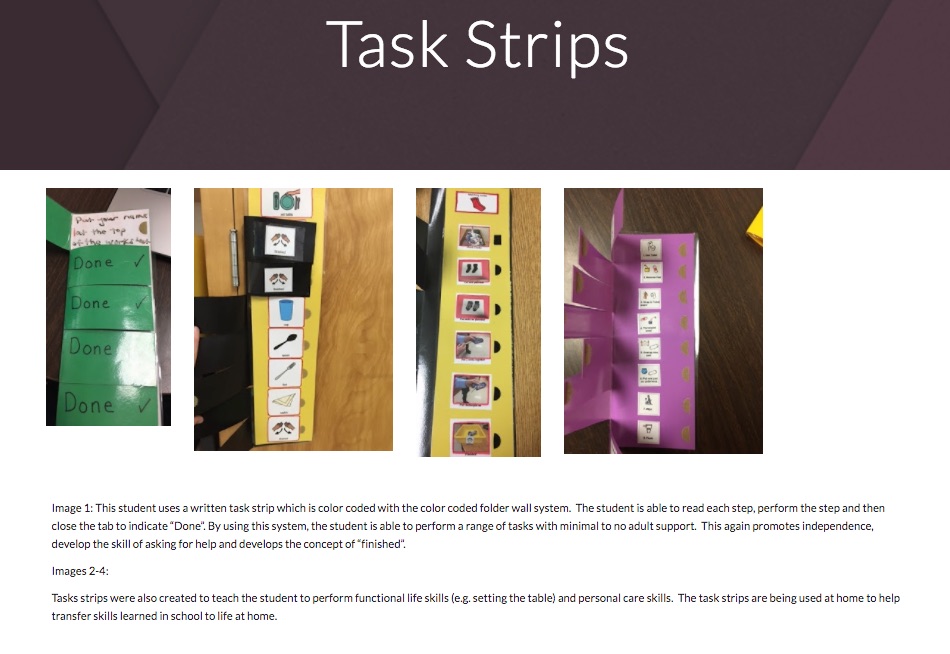
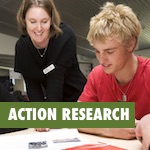
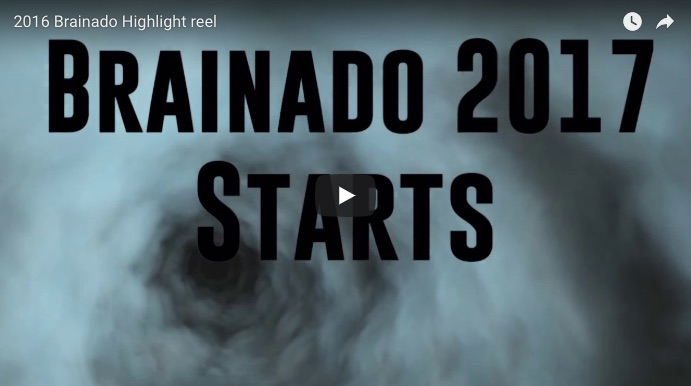
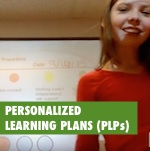
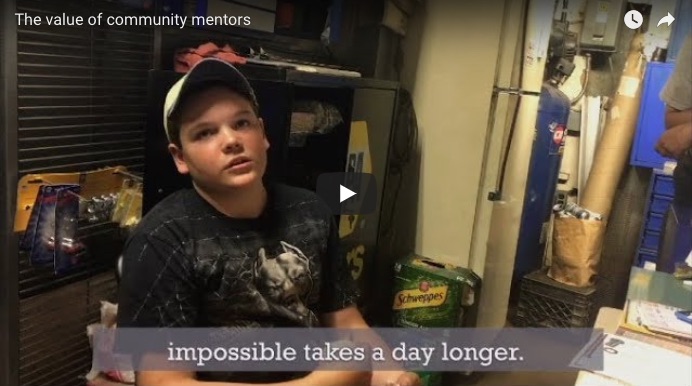
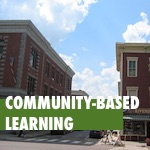
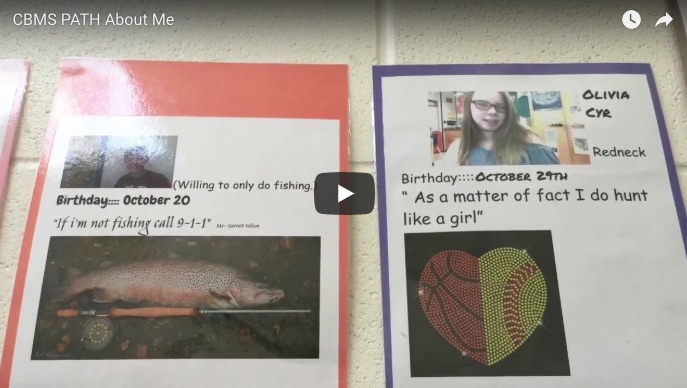
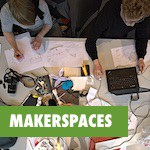 During the past year, EMMA has visited schools around Vermont to fuel the conversation about maker-centered learning.
During the past year, EMMA has visited schools around Vermont to fuel the conversation about maker-centered learning.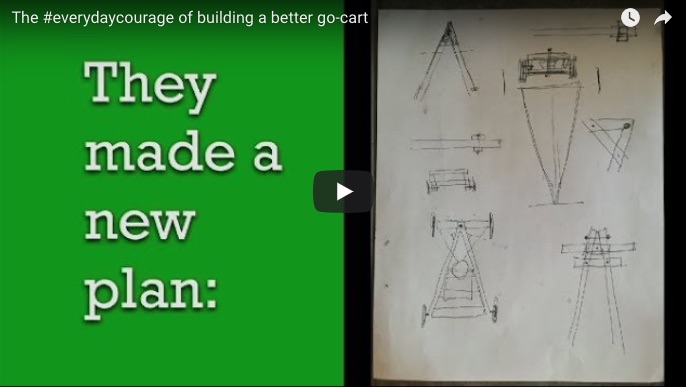
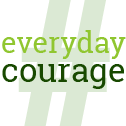 A trio of students at Crossett Brook Middle School, in Duxbury VT, have spent the past two years building a go-cart. When their first cart snapped in half on its maiden voyage, the students took that incident as a challenge, and the next year, they figured out what had gone wrong, and better yet, what would make it go right.
A trio of students at Crossett Brook Middle School, in Duxbury VT, have spent the past two years building a go-cart. When their first cart snapped in half on its maiden voyage, the students took that incident as a challenge, and the next year, they figured out what had gone wrong, and better yet, what would make it go right.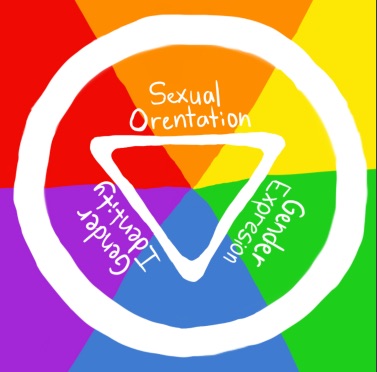
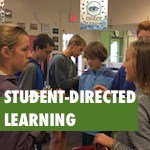 Creating sustainable systemic change is hard work. Yet there are readily available, free, renewable resources right in your classroom. Students are embedded experts, creative geniuses, ruthless truthtellers, and intrinsic futurists.
Creating sustainable systemic change is hard work. Yet there are readily available, free, renewable resources right in your classroom. Students are embedded experts, creative geniuses, ruthless truthtellers, and intrinsic futurists. Every teacher should consider making time for Genius Hour (sometimes called 20% time or Passion Projects). We know that when students are given the opportunity to explore their own topics, they gain skills in self-direction.
Every teacher should consider making time for Genius Hour (sometimes called 20% time or Passion Projects). We know that when students are given the opportunity to explore their own topics, they gain skills in self-direction.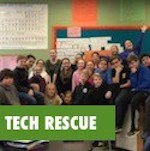 Using Google Forms and Google Sheets together can streamline your process and make all your tasks feel just a little more manageable.
Using Google Forms and Google Sheets together can streamline your process and make all your tasks feel just a little more manageable.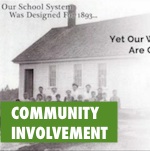
 School systems in Vermont and elsewhere are in the midst of a shift to proficiency-based learning. At the early stages, this transformation can feel overwhelming even for educators, even if they’re excited by the idea.
School systems in Vermont and elsewhere are in the midst of a shift to proficiency-based learning. At the early stages, this transformation can feel overwhelming even for educators, even if they’re excited by the idea. Looking for ways to explore digital identity with students? Here are 4 student-centered, tech-rich digital identity exercises for working with students. As a bonus, all the exercises produce media that students can add to their digital portfolios. Let’s watch!
Looking for ways to explore digital identity with students? Here are 4 student-centered, tech-rich digital identity exercises for working with students. As a bonus, all the exercises produce media that students can add to their digital portfolios. Let’s watch!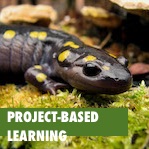 What if an entire school set out to maximize student engagement?
What if an entire school set out to maximize student engagement?
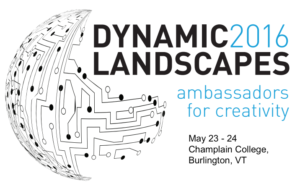
 The story of MakerSpace at Crossett Brook Middle School begins with two bunnies. The bunnies lived outside the library in a hutch built by our Sustainability students who loved the bunnies. Winter was coming… the bunnies needed to move inside. The sad turn in this story is that the bunnies were not able to stay. Being in cages in the library with many daily visitors caused them stress. So, once I found a happy home for them and they moved out… poof!
The story of MakerSpace at Crossett Brook Middle School begins with two bunnies. The bunnies lived outside the library in a hutch built by our Sustainability students who loved the bunnies. Winter was coming… the bunnies needed to move inside. The sad turn in this story is that the bunnies were not able to stay. Being in cages in the library with many daily visitors caused them stress. So, once I found a happy home for them and they moved out… poof! 